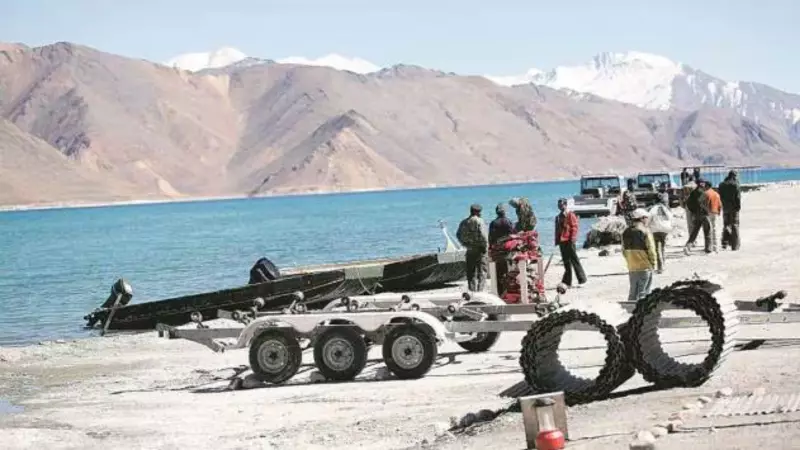
In a significant development for regional security, India and China have reaffirmed their commitment to maintaining stability along the contentious Line of Actual Control (LAC). The two Asian giants are leveraging existing border mechanisms to prevent escalation while pursuing complete disengagement through diplomatic channels.
Diplomatic Breakthrough on Border Management
During recent high-level discussions, both nations recognized the critical importance of preserving peace in border areas. Official sources confirm that the established protocols between the two militaries are effectively serving their purpose of preventing misunderstandings and maintaining the status quo.
Existing Frameworks Prove Effective
The border mechanisms, painstakingly developed over years of diplomatic engagement, include:
- Regular military commander-level meetings
- Established communication protocols
- Joint monitoring systems
- Crisis management procedures
These systems have demonstrated their worth in managing complex border situations and preventing minor incidents from escalating into major confrontations.
The Path Forward: Dialogue and Diplomacy
While the current mechanisms provide stability, both countries acknowledge that complete disengagement remains the ultimate goal. Diplomatic talks continue at multiple levels to address outstanding issues and work toward a comprehensive resolution.
The Ministry of External Affairs emphasized that maintaining peace along the LAC is crucial for the broader relationship between the two nations. The constructive dialogue reflects mutual understanding of the importance of border stability for regional peace and economic development.
This positive development comes after periods of tension along the border areas, demonstrating both countries' commitment to peaceful resolution of differences through established diplomatic and military channels.





